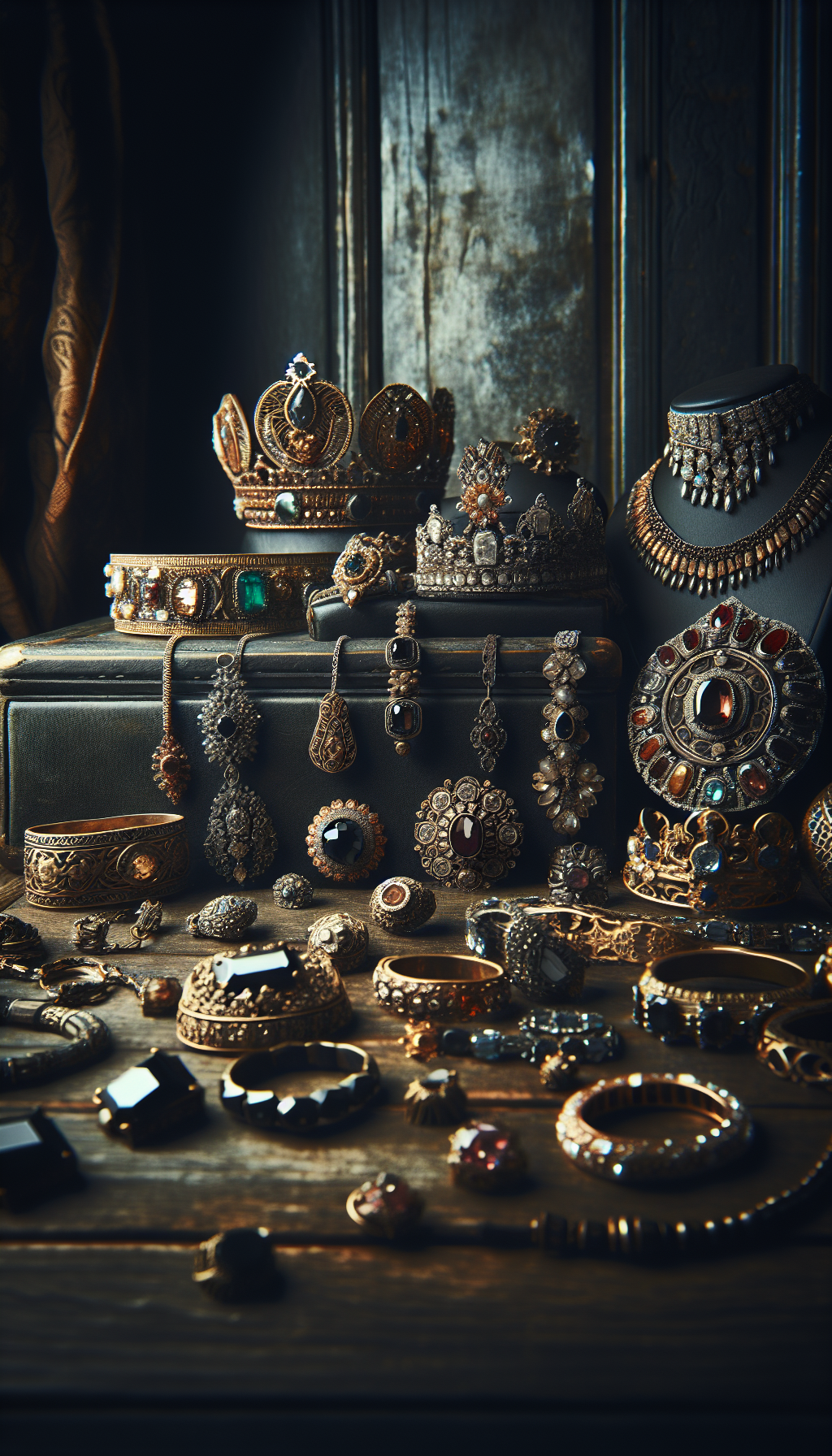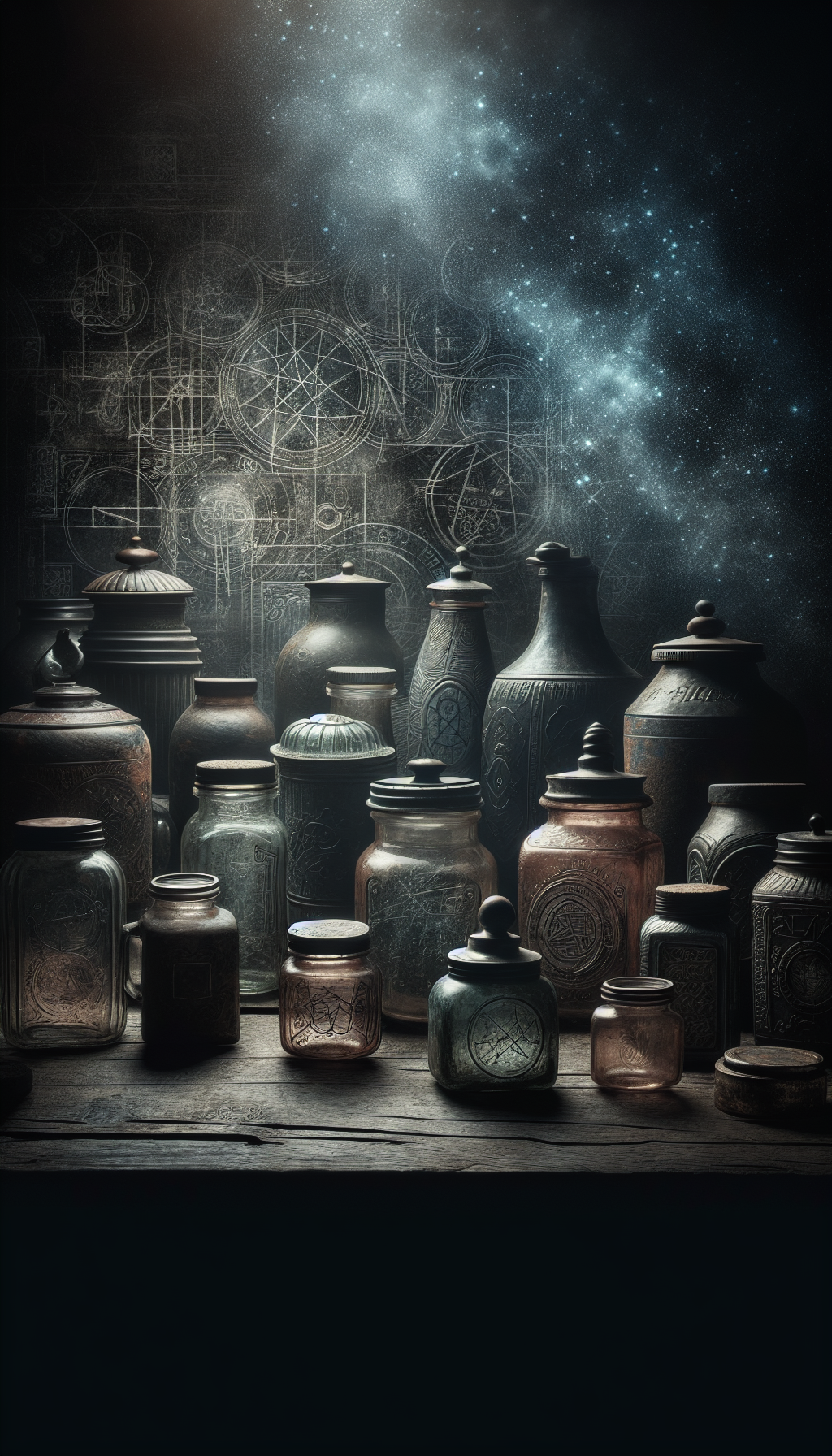Introduction to Antique Singer Sewing Machines
Singer sewing machines have been a staple in American households for over 170 years. Founded in 1851 by Isaac Merritt Singer, the Singer Manufacturing Company revolutionized home sewing with their innovative designs and mass production techniques. Today, these vintage machines are sought after by collectors, enthusiasts, and decorators alike.
The Value of Antique Singer Sewing Machines
According to various sources, any Singer machine dating back to the 1960s or earlier in good working condition typically starts at around $100 in value. However, certain models, particularly those from the late 19th and early 20th centuries, can be considerably more valuable to collectors.
Key Value Factors at a Glance
Age (older models generally more valuable)
Condition (functioning machines worth more)
Rarity (limited production runs command premiums)
Completeness (original accessories increase value)
Decorative elements (ornate decals enhance appeal)
Identifying Your Antique Singer Sewing Machine
Before you can determine the value of your antique Singer sewing machine, you need to properly identify which model you have. The most important identifier is the serial number.
Finding the Serial Number
The serial number on Singer machines can typically be found in one of these locations:
- On the front of the machine (often on a small plate or stamped directly)
- On the back or bottom of the machine
- Inside the wooden case or cabinet (on earlier models)
- On the motor (for electric models)
Once you’ve located the serial number, you can use Singer’s online databases or serial number reference guides to determine the manufacturing date and model of your machine.
Singer Sewing Machine Evolution
- 1851
First Singer Patent
Isaac Singer receives his first patent for a practical sewing machine design, beginning the legacy of Singer machines. - 1851-1900
Early Valuable Models
The earliest Singer models including the "Turtleback," Model 12, and the "Improved Family" models are among the most collectible today. - 1900-1940
Golden Age
Singer's most prolific period with millions of machines produced, including popular models like the 15, 66, and 99. - 1940-1960
Transition Era
Introduction of more modern features and designs, including the iconic 201 and 301 models. - 1960-Present
Modern Era
Most machines from this period are considered "vintage" rather than antique and generally have lower collector value.
Most Valuable Singer Sewing Machine Models
Top Collector Singer Models
Approximate market values for rare models in excellent condition
</tbody>
</table>
The Singer 221 Featherweight is particularly notable as it maintains strong value due to its exceptional quality, portability, and continued usefulness for modern quilters. Produced from the 1930s through the 1960s, these compact machines have developed a dedicated following.
Factors That Affect Value
1. Condition
Condition is perhaps the most critical factor affecting value. Machines in working order are worth significantly more than non-functioning models.
Condition Assessment Checklist
Use this checklist to evaluate your Singer machine's condition
- Machine runs smoothly when operated
- All mechanical parts are present and functioning
- Original finish and decals are intact and vibrant
- No rust or significant corrosion present
- Cabinet or case in good condition (if applicable)
- Original manual and accessories included
2. Completeness
A machine with its original parts, accessories, and attachments is worth more than one missing these components. Original manuals, bobbins, feet, and other accessories can significantly increase value.
3. Cabinetry
Many Singer machines came housed in wooden cabinets or cases. These cabinets can often be worth as much as or more than the machine itself, especially if they’re in excellent condition.

4. Rarity and Demand
Certain models are simply rarer than others, either because fewer were produced or fewer have survived. Similarly, some models enjoy higher demand among collectors, which drives up prices.
5. Decorative Elements
Many Singer machines featured elaborate “decals” or decorative transfers. Models with intact, vibrant decals are typically worth more than those with worn or missing decoration.
Recent Auction Sales
Notable Singer sewing machine auction results
| Category | Price | Notes |
|---|---|---|
| Singer 1 (Turtleback) | $1,500-$5,000+ | First consumer model (1851-1856), extremely rare |
| Singer 12 & 13 | $1,000-$2,500 | Early "Letter A" models with fiddle base (1860s) |
| Singer 221 Featherweight | $300-$1,500 | Lightweight portable model, extremely popular with quilters |
| Singer 301 | $200-$600 | Successor to Featherweight, lighter aluminum body |
| Singer 66 Red Eye | $200-$500 | Distinctive "Red Eye" decals, common but beloved |
</tbody>
</table>
How to Research Your Singer's Value
Check Serial Numbers
Singer’s excellent record-keeping allows you to determine exactly when your machine was manufactured. Visit the Singer website or dedicated serial number databases to look up your machine’s production date.
Research Comparable Sales
Look for recently sold examples of your model on platforms like:
- eBay (check “Sold Listings”)
- Etsy
- Specialized sewing machine forums
- Auction house records
Consult Specialists
If you have a potentially valuable machine, consider consulting with:
- Antique sewing machine dealers
- Sewing machine repair specialists
- Antique appraisers with experience in industrial artifacts
Explore Online Communities
Vintage sewing machine communities can provide valuable insights into your machine’s rarity and desirability:
- Reddit’s r/vintagesewing subreddit
- Singer-specific collector forums
- Facebook groups dedicated to vintage sewing machines
External Resources for Singer Machine Identification and Valuation
ISMACS International
The International Sewing Machine Collectors' Society maintains extensive databases and information on Singer models and serial numbers.
Singer's Official Value Guide
Singer's own resource for determining the value of vintage and antique Singer sewing machines, with serial number lookup.
Vintage Singer Serial Number Database
Comprehensive database of Singer serial numbers with manufacturing dates and factory locations.
PBS Antiques Roadshow Appraisal
Video appraisal of a Singer oak-cased sewing machine from around 1900, with expert assessment.
r/vintagesewing Subreddit
Active community of vintage sewing machine enthusiasts who regularly discuss valuation and identification.
Mearto Singer Appraisals
Professional appraisal service for Singer sewing machines with examples of previous appraisals.
Where to Sell Your Antique Singer Sewing Machine
Online Marketplaces
- eBay: The largest marketplace for vintage sewing machines, reaching the widest audience
- Etsy: Good for higher-end machines with aesthetic appeal
- Facebook Marketplace: Ideal for local sales to avoid shipping large machines
- Specialized Forums: Dedicated vintage sewing machine buy/sell groups
Traditional Venues
- Antique Shops: Particularly for machines with decorative cabinets
- Auction Houses: For particularly rare or valuable models
- Estate Sales Companies: Can help sell as part of a larger collection
Considerations When Selling
- Shipping can be expensive and challenging due to weight and fragility
- Local pickup is often preferable for treadle machines and those with cabinets
- Proper documentation of history, condition, and accessories increases value
- Professional cleaning and servicing before sale can significantly increase selling price
Caring for Your Antique Singer
Regular Maintenance
- Keep the machine clean and dust-free
- Oil moving parts regularly with proper sewing machine oil
- Have mechanisms professionally serviced every few years if you use the machine
Display and Storage
- Avoid direct sunlight which can fade decals and damage wooden components
- Maintain moderate humidity levels to prevent rust and wood damage
- Consider a custom-fit cover if the original is missing
Use Considerations
- Antique machines can still be used, but require proper knowledge
- Using the machine occasionally helps keep mechanisms lubricated
- Original parts should be maintained where possible for collector value
Common Questions About Antique Singer Sewing Machine Values
How do I find the value of my old Singer sewing machine?
To determine your Singer sewing machine's value:
- Find the serial number (typically on a plate on the machine)
- Use online resources like Singer’s website or ISMACS to identify the model and manufacturing date
- Assess the machine’s condition, completeness, and functionality
- Research comparable recent sales on platforms like eBay (sold listings)
- Consult with antique sewing machine specialists if you believe you have a rare model
Remember that condition significantly impacts value—machines in working order with original parts and accessories command higher prices.
Is there a market for old Singer sewing machines?
Yes, there is definitely a market for old Singer sewing machines. This market includes:
- Collectors seeking specific models or those with unique features
- Practical users who appreciate the quality construction of vintage machines
- Decorators who value them as display pieces or repurpose them as furniture
- Quilters who particularly seek Singer Featherweight models for their portability and stitch quality
The strongest market exists for machines from before 1960, especially those in working condition with original accessories and cabinets.
Which antique Singer sewing machines are most valuable?
The most valuable Singer sewing machines include:
- Singer Model 1 "Turtleback" (1850s): $1,500-$5,000+ due to extreme rarity
- Early Letter Series machines (1860s-1870s): $1,000-$2,500
- Rare Featherweight variants (like the white Featherweight): $1,000-$1,800
- Sphinx model (1880s): $1,000+ for good examples
- Early industrial models: Variable but can reach $1,000+ for unusual examples
Machines with exceptional preservation, original documentation, and complete accessories command premium prices.
How can I tell how old my Singer sewing machine is?
To determine the age of your Singer sewing machine:
- Locate the serial number on your machine (often on a small plate on the front or base)
- Visit resources like Singer’s serial number database or the ISMACS website
- Enter your serial number to find the manufacturing date
Singer’s meticulous record-keeping makes dating their machines relatively straightforward compared to many other antiques. The company has maintained detailed manufacturing records since its founding in 1851.
What makes a Singer sewing machine more valuable?
Factors that increase a Singer sewing machine's value include:
- Age: Generally, older machines (pre-1900) are more valuable
- Rarity: Limited production runs or unusual models command premiums
- Condition: Working machines with original finish and minimal wear
- Completeness: Having original accessories, attachments, and manuals
- Decoration: Intact, vibrant decals or ornate designs
- Provenance: Documented history or famous ownership
- Original Cabinet: Especially if in excellent condition
- Special Features: Unusual mechanisms or design elements
The combination of these factors determines the ultimate collector value.
Are Singer treadle sewing machines worth anything?
Yes, Singer treadle sewing machines do have value, typically ranging from $100 to $400 depending on:
- The condition of both the machine and the treadle cabinet
- The specific model of the machine head
- Completeness of the treadle mechanism
- Quality and condition of the woodwork
The iron treadle base and wooden cabinet often contribute significantly to the value. Complete units with attractive cabinets in good condition tend to be worth more than the sum of their parts. However, shipping costs can be prohibitive, making local sales preferable.
How much is a Singer sewing machine from the 1950s worth?
Singer sewing machines from the 1950s typically range in value from $50 to $300, depending on:
- Specific model (Featherweight 221 models command higher prices)
- Condition and functionality
- Completeness of accessories and attachments
- Presence of original case or cabinet
The Singer 301, introduced in 1952 as the successor to the Featherweight, is particularly desirable and can sell for $200-$400 in excellent condition. The Singer 201, considered one of their best straight-stitch machines, is also valued by collectors and practical users alike.
Should I restore my antique Singer sewing machine?
Whether to restore your antique Singer sewing machine depends on your goals:If maximizing collector value:
- Minor cleaning and mechanical servicing is acceptable
- Avoid refinishing, repainting, or replacing original parts when possible
- Preserve original decals and finish even if worn
If planning to use the machine:
- Professional servicing to ensure proper function is recommended
- Replacing worn parts with period-appropriate replacements is acceptable
- Light cleaning and appropriate lubrication is beneficial
If restoring as a decoration:
- More extensive cosmetic restoration may be appropriate
- Be aware that improper restoration can significantly decrease collector value
For valuable or rare models, consult with specialists before attempting any restoration.
Conclusion
Antique Singer sewing machines represent an important piece of industrial and domestic history. While most vintage Singer machines fall into the moderate value range of $100-$500, certain rare models, exceptional specimens, or those with historical significance can be worth considerably more.
The key to determining your machine’s value lies in proper identification, thorough condition assessment, and research of comparable sales. Whether you’re looking to sell your machine, add to a collection, or simply understand the history of a family heirloom, understanding these factors will help you appreciate both the monetary and historical value of these remarkable machines.
Singer’s legacy of quality manufacturing means that many of these machines continue to function perfectly after a century or more—a testament to the craftsmanship that has made them enduring objects of both practical use and collector interest.
Get a Professional Appraisal
Unsure about your item’s value? Our certified experts provide fast, written appraisals you can trust.
- Expert report with photos and comps
- Fast turnaround
- Fixed, upfront pricing
No obligation. Secure upload.
| Item | Price | Date | Auction House |
|---|---|---|---|
| Singer Model 1 "Turtleback" | $4,200 | February 2023 | Christie's Americana Auction |
| Singer 221 Featherweight (White) | $1,800 | November 2022 | eBay Premium Auction |
| Singer 66 with Lotus Decals | $450 | March 2023 | Vintage Sewing Collectors Show |
| Singer 201-2 with Cabinet | $380 | January 2023 | Local Estate Auction |




